Decorative vintage teacups were at the peak of their popularity as collectibles in the 1950s and 1960s. The sweet details that made them popular then are making them popular as collectibles again: their shapely shapes, pretty decorations, swirling curling handles and saucy scalloped edge saucers. Of course, vintage teacups are ready to serve up your tea, but they are also dandy for off-label uses like organizing things on your dresser, providing a safe home for your air plant, storing your pennies, catching your keys and a thousand other uses yet to be imagined.
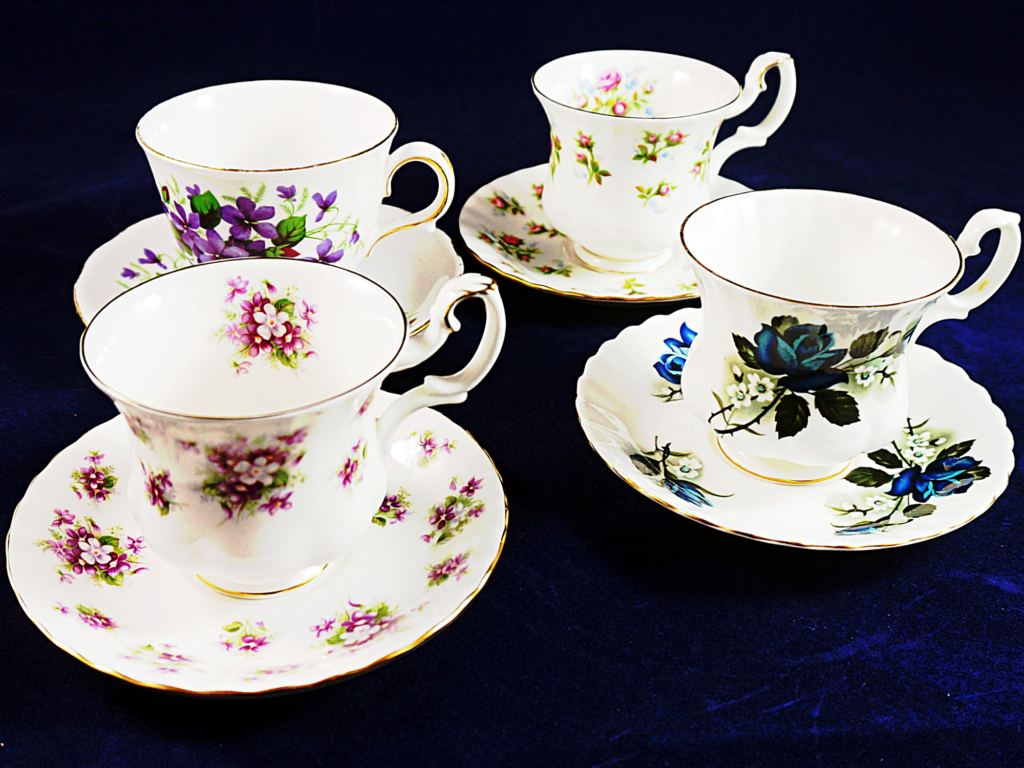
Anyone who spends more than 35 seconds on Pinterest can tell you that teacups are a popular party favor. Even your least pinkies-up-plus-pearls kind of guest is going to have to work mighty hard not to be happy with their new bone china friend.
Teacups are proof that strong is beautiful. Made of bone china or porcelain, they’re made to last. Bone china is soft-paste porcelain made with clay, kaolin and bone ash. It’s the sturdiest of the porcelains.
Most English teacups can be used for actually drinking tea. Once formed and decorated, the painted or stamped design is covered with a clear glaze, making it safe for food use. However, those that have a mesh of cracks in the clear glaze, known as crazing, are no longer food safe. And it’s probably not a good idea to use Rose Medallion, a popular export ware from China during the 1920s, or Japanese novelty lusterware, for example, because those usually do not have a clear coat food-safe glaze.
There are many, many makers of teacups from England, ranging in quality from exquisitely delicate to fancied-up utilitarian. In general, 0n the higher end of the price spectrum are cups made by Shelley, Paragon, Aynsley, Coalport. In the middle are Royal Albert, Royal Standard, Rosina and a multitude of other makers. Like anything that was a trend at some point, there are makers galore and prices are all over the place from several hundred dollars to a few single dollars. Vintage teacup prices are determined by the same things as all vintage: scarcity, desirability and condition. If you’re favor shopping, you can often find teacup lots online at good prices. And it’s okay to politely ask a seller if they will offer you a bundle price.
Vintage teacups can ride in the dishwasher. Whether they should or not is another question. Hand washing is always safest and best.
As with most things we humans collect, there is some teacup lingo you’ll find in listings. We’re arranged a few of the more common ones here, arranged alphabetically for your convenience.
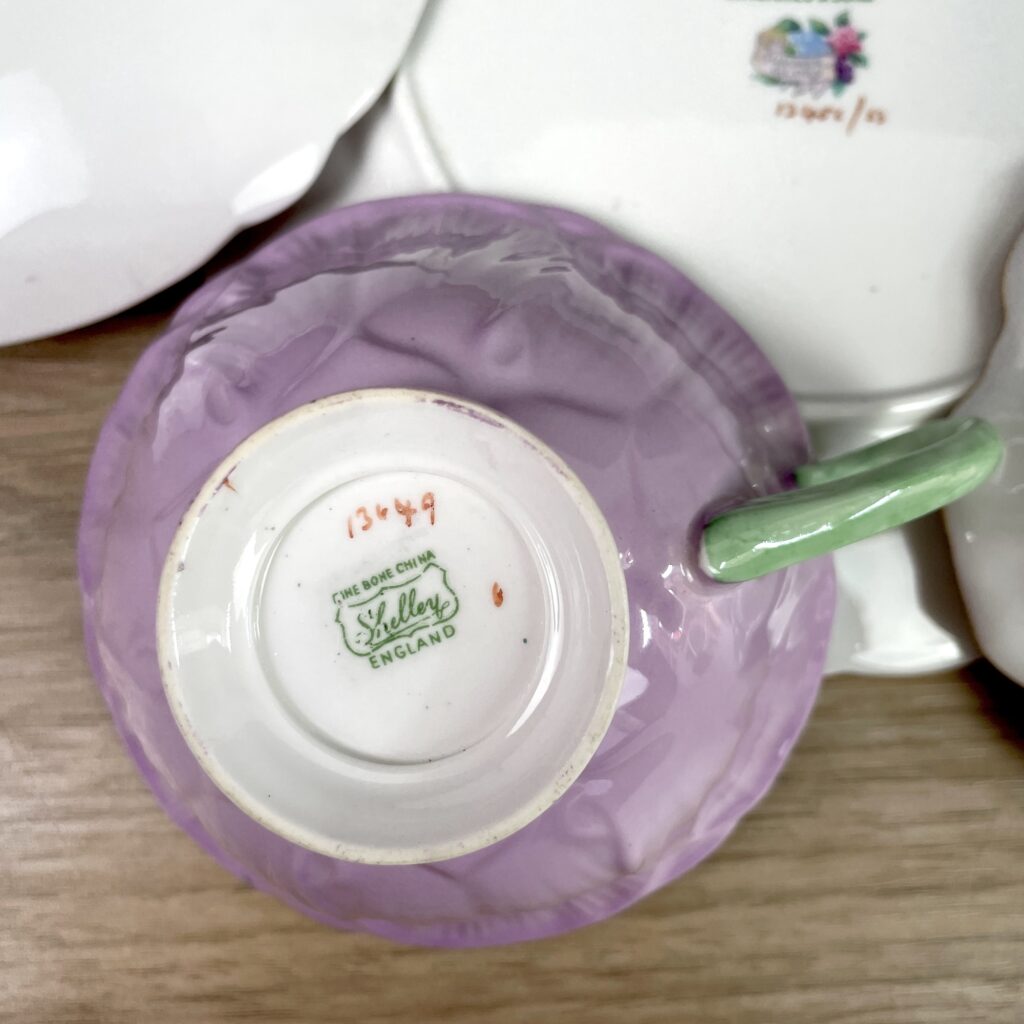
Backstamps are the maker’s marks printed on the bottom of many cups and saucers. They are often accompanied by a handpainted style number or maker’s mark.
The bowl is the big round part that holds the tea, it can be flat, conical, flared or a more decorative shape.
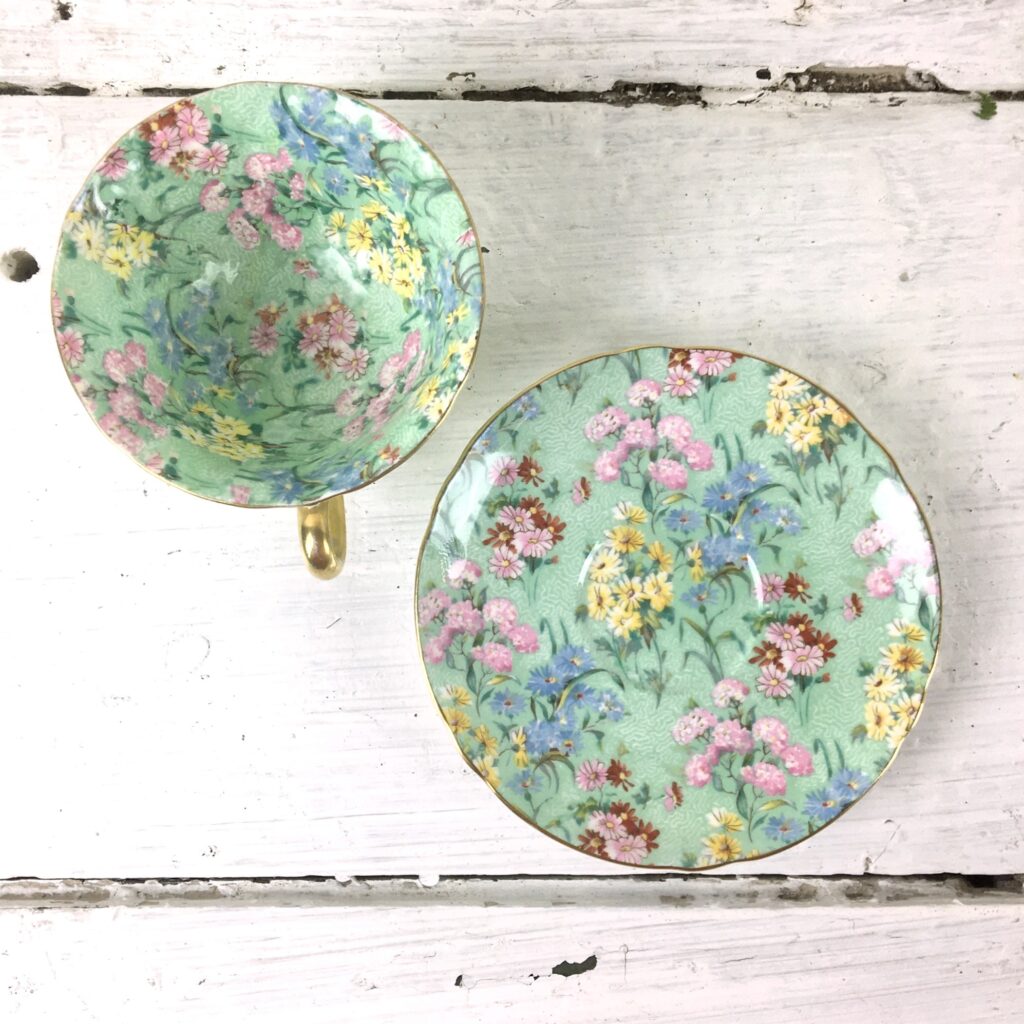
Chintz is a tiny overall floral pattern.
Coffee cans are not teacups, but they do come with saucers. They are small straight-sided cups usually used for espresso.
Corset waist teacups have a generously sized top and very nipped in the bottom.
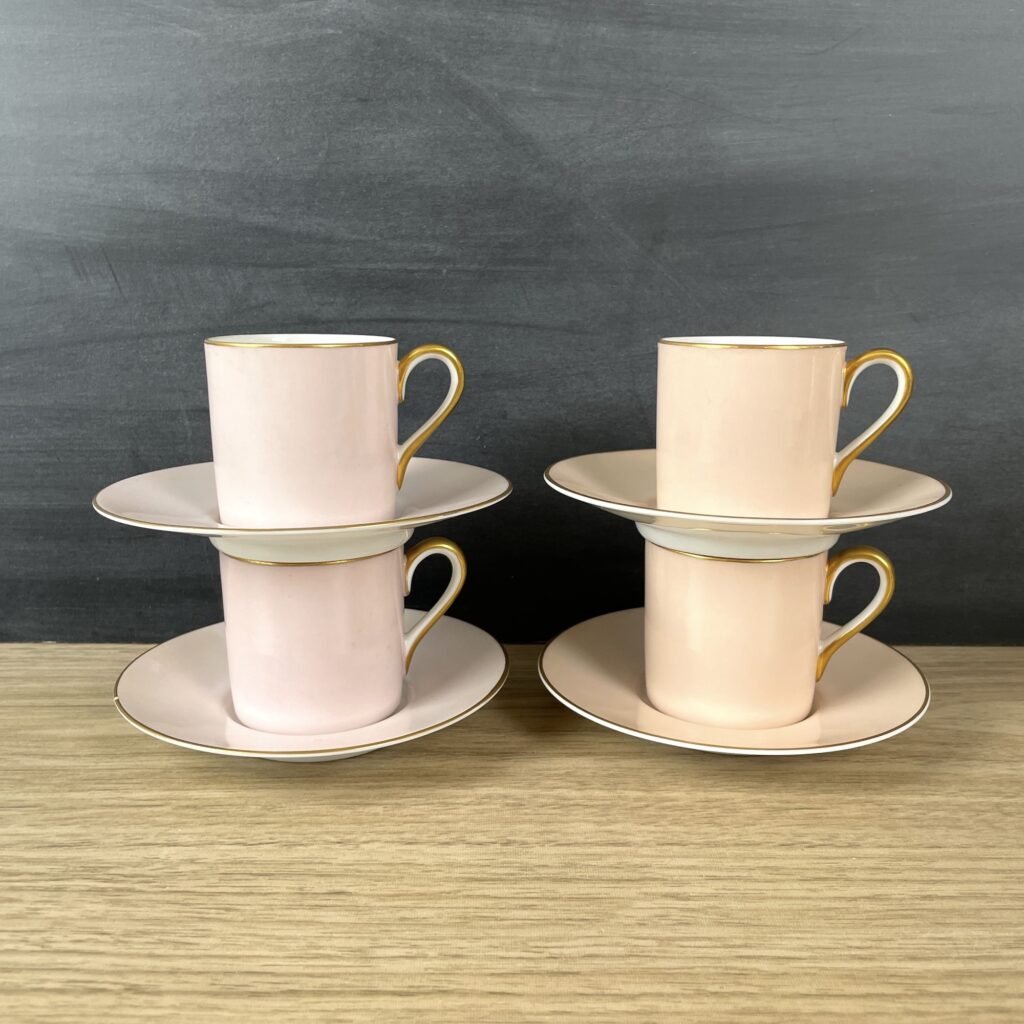
Demitasse cups are smaller than teacups and are generally used for espresso.
Fluted teacups and saucers have a series of furrowed wedges radiating from the center ring out that grow in size as they head to the edge.
Footed teacups have a distinctive pedestal-like base.
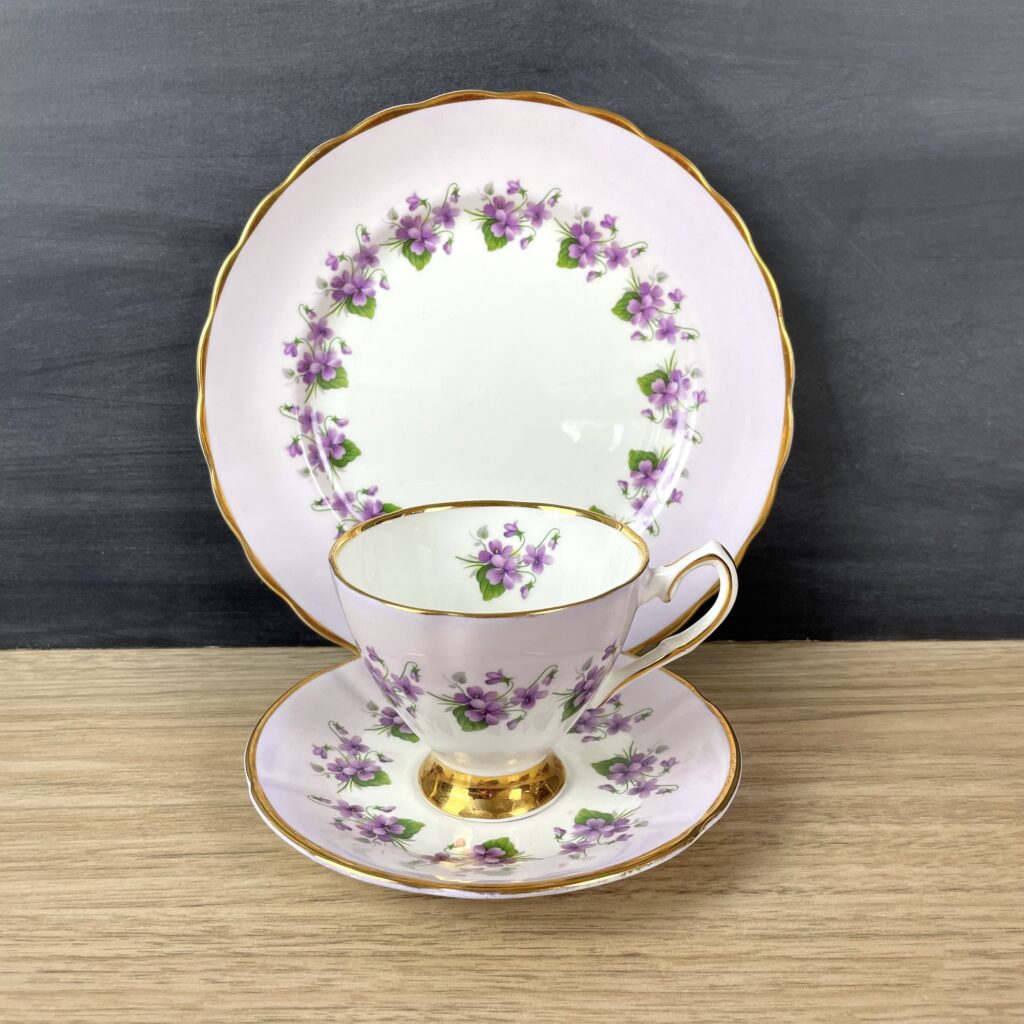
Luncheon sets include a teacup, saucer, and matching luncheon plate.
Scalloped teacups and saucers have edges that are composed of arches or semi-circles. The scallops can be evenly sized or alternate large and small.
Smooth shaped teacups and saucers are just that. Smooth and simple. They let the decoration do the talking.
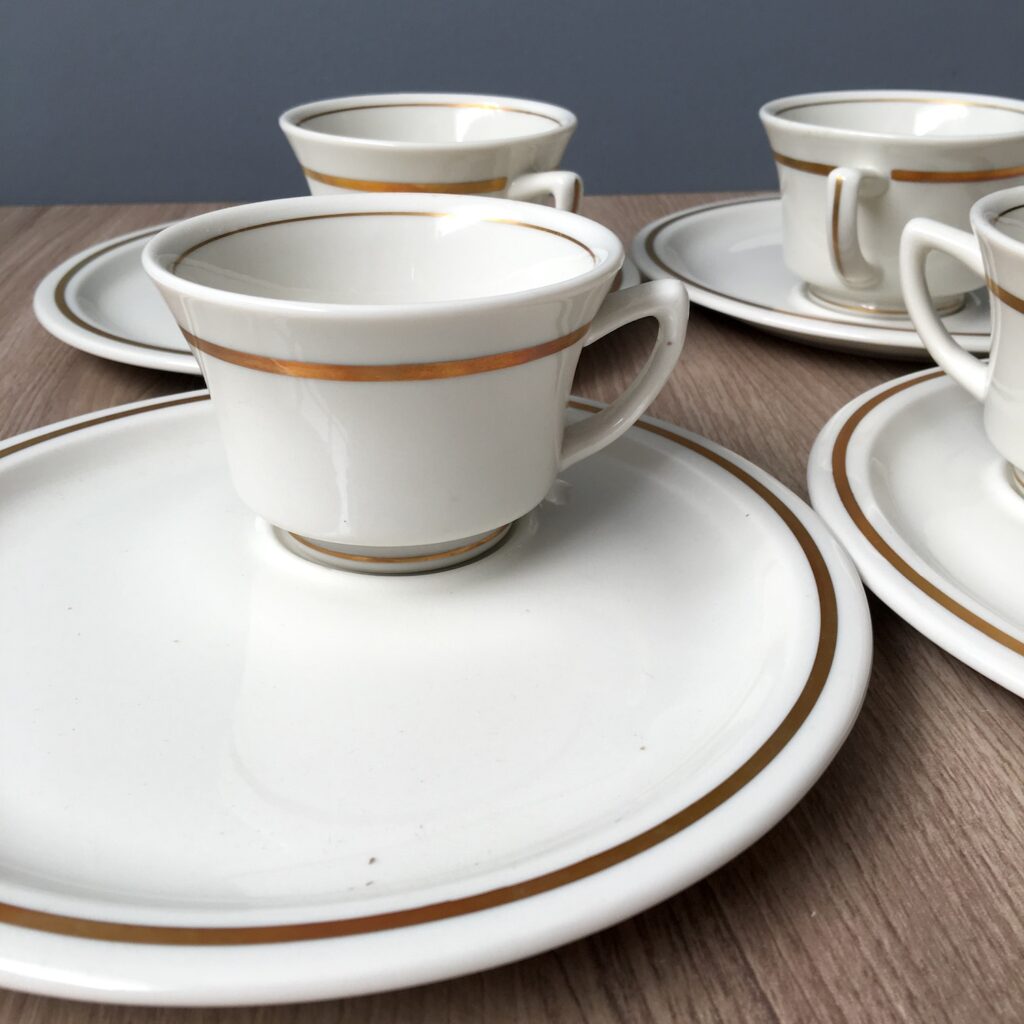
Snack sets or tea and toast sets are oversized plates with a place for your teacup. There is no saucer.
Swirled teacups and saucers are like fluted teacups that had a ride on the tilt-a-whirl.
♦ ♦ ♦ ♦ ♦
If you want to find out more about vintage teacups, here are some wonderful places to read more:
The National Shelley China Club has a fabulous pictorial glossary.
The Tea Blog of the English Tea Store has tasty tea time recipes and teacup loving posts.
Teacup handle shapes have different names, Tea with Friends offers an introduction.
Non-bone china teacup related factoid: NOAA’s Storm Center describes 3″ hail as teacup (for reference, the scale ranges from .5″ is marble or mothball to 4.5″ for grapefruit).
Pin it!
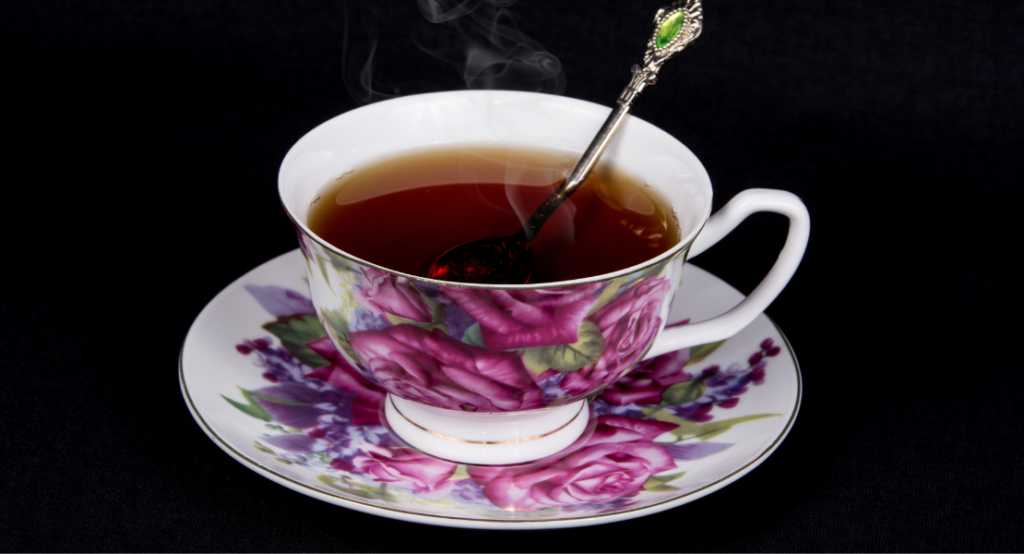
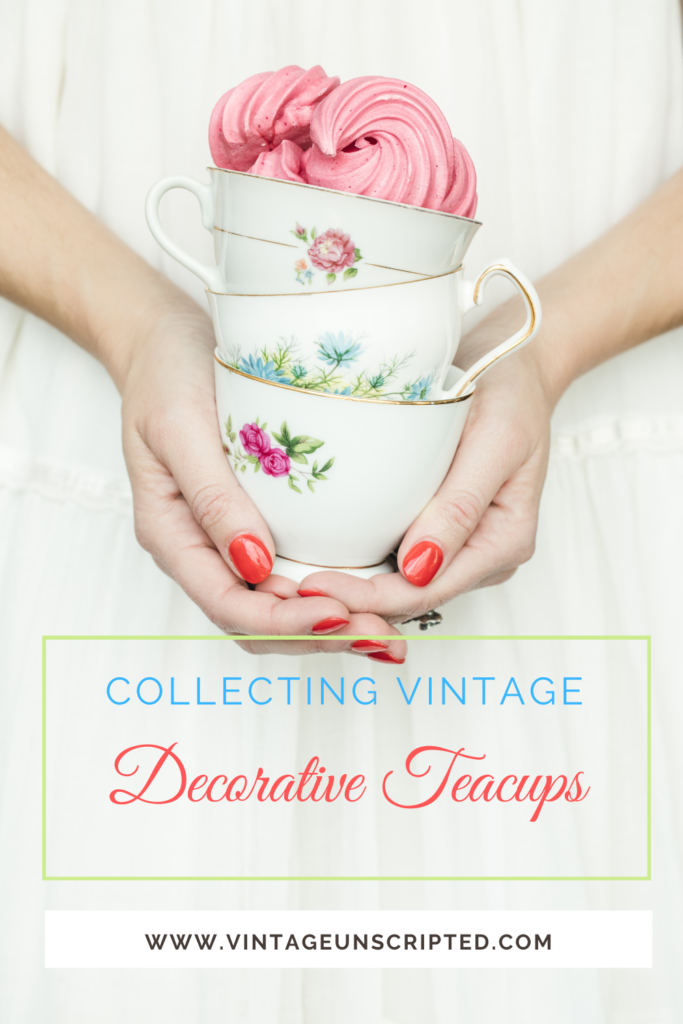

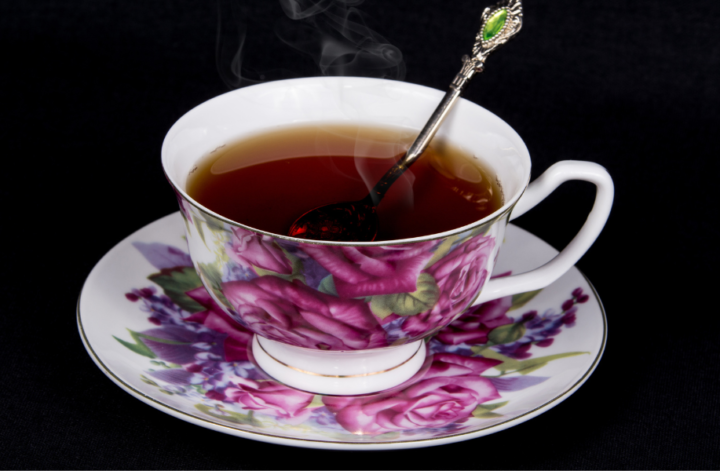

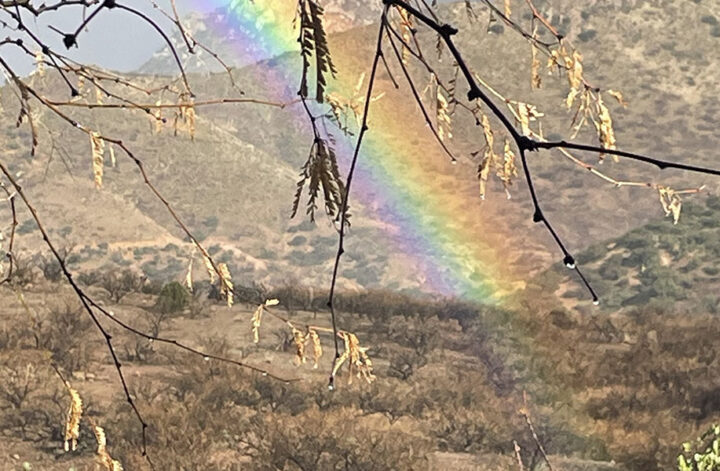
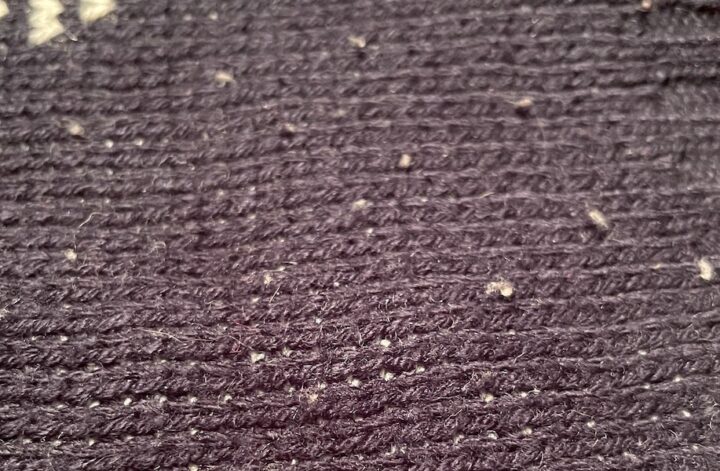
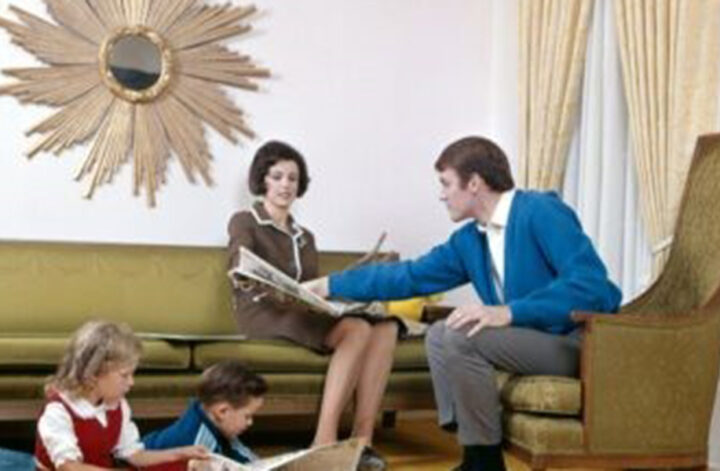
2 comments
Thank you for these informative posts! Today, It is the last day of National Hot Tea Month, To celebrate, all January I have been featuring a different teacup and tea variety each day, so I will share this article, too. I have a vintage store with some antiques and often visit your blog, and thoroughly enjoy it! I love this wonderful story and your photos. I also collect ephemera and that was another fine article! I love linens, glass, and china, although they are not popular or selling right now. I actually like everything old, seldom buy anything new!
What a wonderful post, Laurie. I remember attending a shower where the hostess used mix & match china to serve tea and the desserts. Everyone spent time comparing & commenting on the teacup patterns. Too bad I didn’t know about “corset waisted” cups before the event because I surely would have won the “stump the guests” game. 🙂